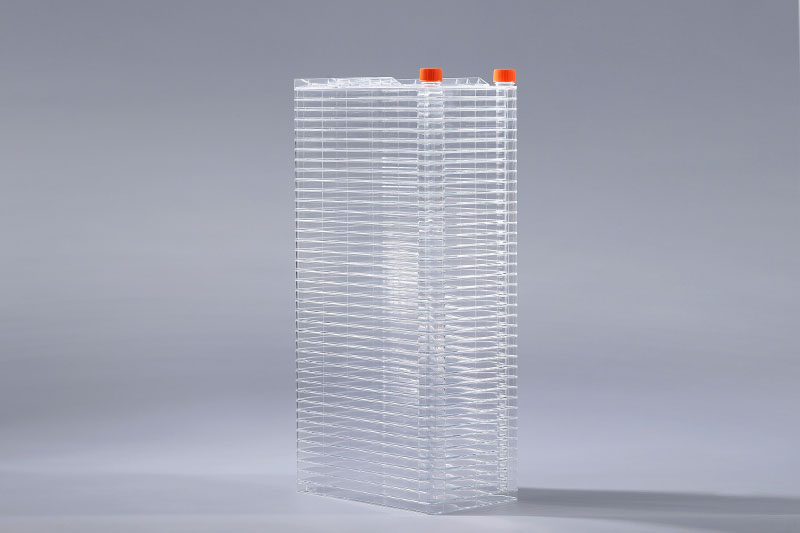Cell contamination is a very troublesome problem when culturing cells. Once the cells are contaminated, the cells will grow slowly, and in severe cases, they will lead to cell death and affect the experimental process. Physical contamination is a common type of contamination when culturing cells in cell factories.
Physical pollution mainly refers to the destruction of cells by physical factors such as temperature, vibration, radiation, and radiation. The optimum temperature for most cells to be cultured in vitro is 37-38°C. At low temperatures, the metabolic activity and mitotic capacity of the cells are reduced. If the temperature is not lower than 0 °C, although cell metabolism is affected, there is no damage; at 25 to 35 °C, cells grow at a slow rate; but if it is placed at 40 °C for several hours, it is not only unfavorable for cell survival and growth. , and can even lead to cell death within the cell factory. At the same time, the medium, buffer, fetal bovine serum, etc. used for cell culture should generally be used for cells when the temperature is around 37°C, so as to avoid damage to cells due to low temperature.
In addition, if the cell culture medium, etc. is exposed to radiation or ultraviolet rays, it will cause changes in cell metabolism. There are equipments that can generate mechanical vibration around the constant temperature incubator, which will cause the cytoplasm to flow in disorder, and the colloidal structure of protoplasts will also change significantly. If the vibration exceeds a certain value, it will lead to cell damage and chromosome aberration. Therefore, it is recommended not to place vibrating equipment near carbon dioxide incubators.
The above are common physical contaminations when culturing cells in cell factories. Cells are sensitive to the environment, and any kind of contamination may affect their growth and reproduction. Therefore, the operation should be carried out in strict accordance with the prescribed procedures to avoid introducing pollution sources.
The FAI climbed 5.9 percent year-on-year in the first 11 months of 2018, quickening from the 5.7-percent growth in Jan-Oct, the National Bureau of Statistics (NBS) said Friday in an online statement.
The key indicator of investment, dubbed a major growth driver, hit the bottom in August and has since started to rebound steadily.
In the face of emerging economic challenges home and abroad, China has stepped up efforts to stabilize investment, in particular rolling out measures to motivate private investors and channel funds into infrastructure.
Friday's data showed private investment, accounting for more than 60 percent of the total FAI, expanded by a brisk 8.7 percent.
NBS spokesperson Mao Shengyong said funds into weak economic links registered rapid increases as investment in environmental protection and agriculture jumped 42 percent and 12.5 percent respectively, much faster than the average.
In breakdown, investment in high-tech and equipment manufacturing remained vigorous with 16.1-percent and 11.6-percent increases respectively in the first 11 months. Infrastructure investment gained 3.7 percent, staying flat. Investment in property development rose 9.7 percent, also unchanged.
 English
English



















































